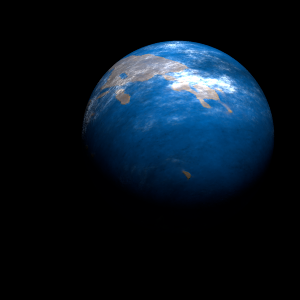|
|
Space Astro
|
Info for exoplanet "Nigena"
| Scientific (actual) data |
|---|
| Name | Kepler-385 d |
| Planet status | Confirmed |
| Radius | 0.21617 |
| Orbital period | 56.4158 |
| Inclination | 89.8225 |
| Discovered | 2020 |
| Updated | 2024-10-17 |
| Tzero tr | 2455800 |
| Publication | Published in a refereed paper |
| Detection type | Primary Transit |
| Alternate names | 2MASS J19372123+5020115 d, K02433.03, KIC 11968463 d, KOI-2433 d, KOI-2433.03, WISE J193721.24+502011.4 d |
| Star name | Kepler-385 |
| Right ascension | 294.34° |
| Declination | 50.34° |
| Mag j | 14.156 |
| Mag h | 13.851 |
| Mag k | 13.819 |
| Star distance | 1493.94 |
| Star metallicity | -0.034 |
| Star mass | 1.09 |
| Star radius | 1.13 |
| Star temperature | 6326 |
| Star alternate names | 2MASS J19372123+5020115, KIC 11968463, KOI-2433, WISE J193721.24+502011.4 |
| Wikipedia article | Kepler-385 d |
Back
| |
| Fictional info (?) |
|---|
| Suggested name | Nigena |
| Planet type | Cold planet |
| It is the coldest planetary atmosphere in its solar system, with a minimum temperature of 75°K (-198°C), and has a complex, layered cloud structure with helium thought to make up the lowest clouds, and methane the uppermost layer of clouds.
As seen from Kepler-385, in a frame of reference that rotates with the orbital motion, it appears to rotate only once every two years.
Because of its rapid rotation, the planet's shape is that of an oblate spheroid (it has a slight but noticeable bulge around the equator).
Its north and south poles, therefore, lie where most other planets have their equators. |
| Atmosphere | Methane | 43% |
| Helium | 39% |
| Sulfur dioxide | 14% |
| Carbon dioxide | 2.5% |
| Hydrogen | 0.91% |
| Nitric oxide | 0.0019% |
| Atmospheric pressure | 0.4 bar |
 |
| No known satellites |
| Google search for Nigena |
|
Website by Joachim Michaelis
|
|
|
|